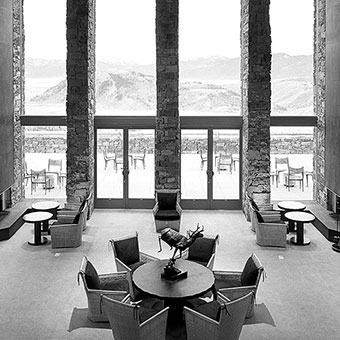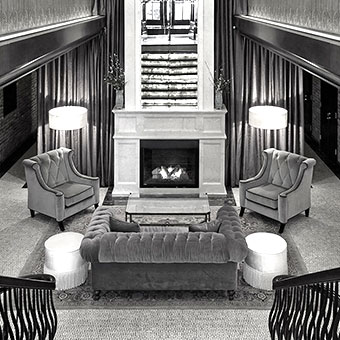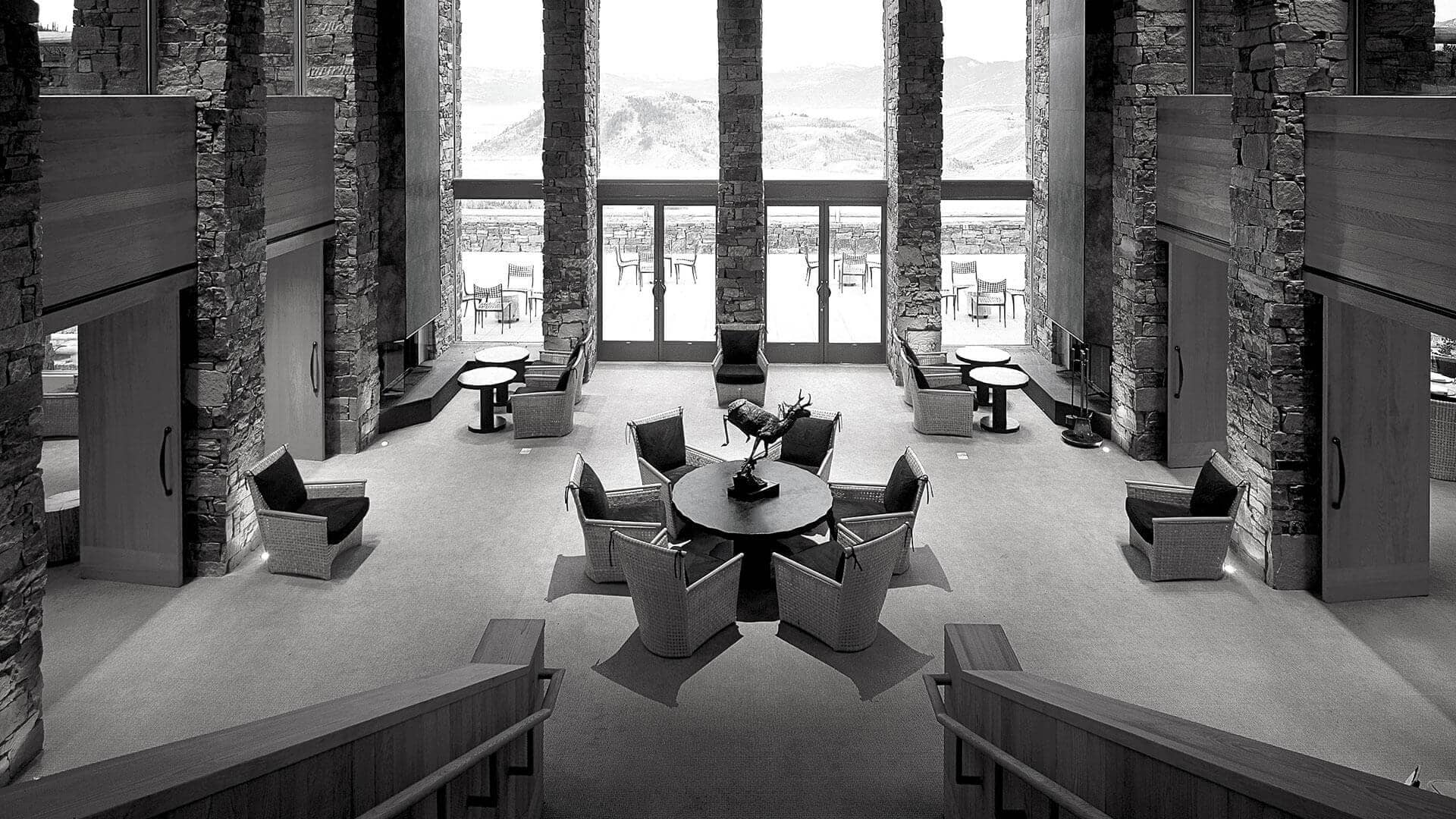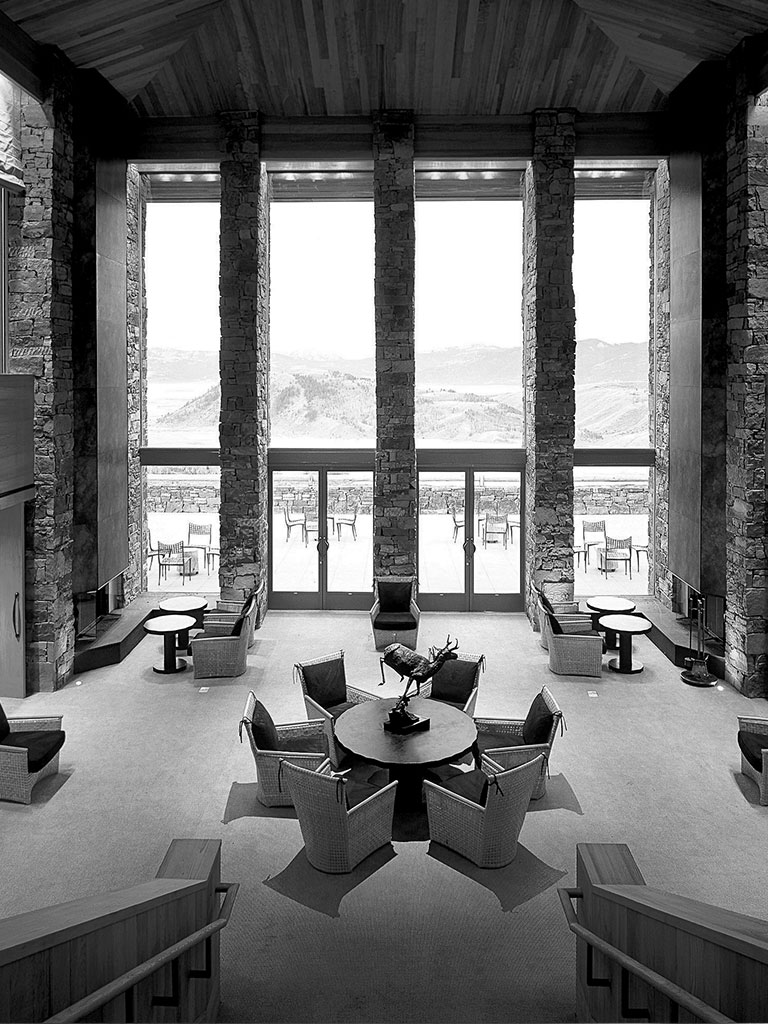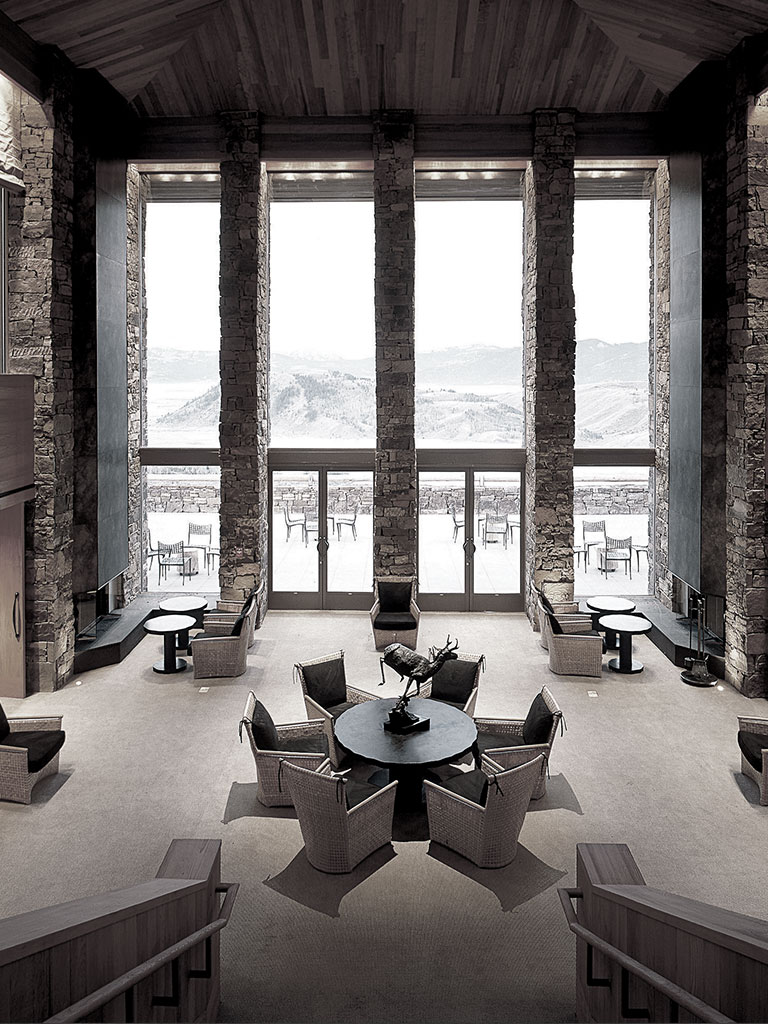Industry Disrupters Grab Spotlight in Leisure Travel Era
Glamping offers the benefits of potentially lower costs associated with developing and operating properties and as a result, leading hotel operators are now on the radar screens of select hospitality investors.
By Lisa Brown | January 09, 2020
SAN FRANCISCO—For Americans, going camping has always suggested roughing it a bit. Fast forward to today and the great outdoors enjoys newfound appeal in more luxurious trappings, says Robert Stiles, managing director and founding principal, RobertDouglas.
This glamping, short for glamorous camping, is experiencing widespread growth. This form of experiential travel pairs traditional outdoor lodging with five-star fittings, guest service, dining and amenities. Specifically, luxury tents inspired by African safari-style resorts, classic Airstream campers fitted out with modern conveniences and tiny backwoods cabins with upgraded amenities make camping a step up from its predecessor.
“You have all the benefits of an amazing hotel where a fine hotel can’t exist,” says Peter Mack, founder and CEO of Collective Retreats.
Moreover, as reported by research group Arizton, the US glamping market is projected to reach revenue of around $1 billion by 2024, growing at a compound annual growth rate greater than 15% from 2018−2024. The Arizton report noted that the demand for cabins and safari tents is expected to grow some 2.5 times the current rate in the next five years as corporate retreats and adventure vacations emerge as the new vacation trends in the US market. Also, expect growth in urban locations to start to catch up with rural locations, Stiles tells GlobeSt.com.
This hospitality sector also offers the benefits of potentially lower costs associated with developing and operating properties compared to brick-and-mortar hotels, along with the ability to command premium daily rates that can equal or even exceed the finest luxury hotels. As a result, leading operators in this space are now on the radar screens of select hospitality investors.
Stiles says growth can be pinpointed to the fact that experiential lodging appeals to those who like the idea of being closer to nature while still wanting to be pampered. The settings and the guest experience also foster a sense of community, putting experiential lodging properties at the forefront of what all hoteliers are increasingly focused on: placing greater value on the experience of a stay.
“Certainly, the mantra of collect experiences, not just possessions, and the continued emergence of health and wellness trends are boosting this component of the hospitality sector,” Stiles tells GlobeSt.com. “In some respects, the US is catching up with other parts of the world, say Europe or Asia, which have always offered a broad range of lodging options from dirt-cheap communal hostels to top drawer exclusive outdoor retreats like those now being built here. Moreover, while the conventional hospitality industry has its issues with Airbnb and online travel agencies, each has injected creativity and an ad-hoc sense of travel for consumers from which the overall hospitality sector has prospered.”
Thus, experiential lodging draws on the prolonged strength of the US hospitality industry where investment dollars continue to flow into hotel development, ownership and management, and advanced technologies such as artificial intelligence.
“The major brands have rolled out an almost staggering number of new platforms, formats and brands in recent years in an effort to distinguish and capture specific lodging niches,” Stiles tells GlobeSt.com. “They have also invested in vacation rental and resort platforms, with the sharing economy firmly in mind. This rich playing field has further encouraged experimental lodging platforms by the major brands and individual entrepreneurs alike.”
Leaders in this growing lodging sector include AutoCamp, Collective Retreats, Under Canvas, Getaway and Firelight Camps, each with its own special appeal and take on experiential lodging. And, institutional investors have taken notice. Where there were virtually no institutional real estate investors 18 months ago, today, KSL, Whitman Peterson and Starwood Capital have all made significant forays into the industry.
As an example, recently AutoCamp successfully raised $115 million in new capital through a strategic capital and growth partnership with Whitman Peterson, a real estate private equity company. KSL has reportedly made a significant investment in Under Canvas and Starwood Capital has made a large play with Getaway. Collective Retreats has closed two successful capital rounds and is currently working to identify a strategic real estate capital partner best suited to achieve growth objectives. Continued capital flow into experiential lodging is also expected to encourage more players followed by merger and acquisition activity within three to five years as the sector achieves greater scale.
It all starts with consumer interest and demand. Entrepreneurs in the outdoor hospitality space have proven an intensity of guest demand that has been picked up by industry and consumer press, and a wildfire-like growth across social media. Consumers are 15 times more likely to post about outdoor hospitality experience than stays in more conventional lodging facilities. Importantly, they are also willing to pay a real premium for the rich experience and sense of community.
While land rights do need to be negotiated for experiential lodging sites, especially ones at iconic locations, the process and expense can be much less than for a physical hotel. Also, experiential lodging operations can be run seasonally and even moved to new locations, refuting the locked in place reality of the hotel industry. Recognizing that these properties can command premium average daily rates, extremely favorable room rate to cost-per-key ratios are possible.
Moreover, the proportion of real property to total development costs is lower with experiential lodging. Owners and investors achieve income shelter advantages, as the personal property components of these developments depreciate in a five-year period.
In an article in Hotels magazine, Luca Franco, founder and CEO of Luxury Frontiers, said that adding experiential lodging to an existing property, as Firelight Camps has done, is a profitable way to create two experiences in one resort. In addition, Luxury Frontiers has designed a number of tented properties with the first two openings around the corner–Camp Sarika at Amangiri, Utah and the Nayara Tented Camp in Costa Rica.
“It’s a way to widen your existing market and incentivize loyal guests to come back or extend the journey: three days in the traditional building, two days in the tree house, for example. It’s really a very compelling business strategy for a hotel to have a second shared experience within the same property,” says Franco. “Because they’re unique experiences, people will pay more.”
Also, as noted by the Arizton report, major vendors are offering immersive and transformative experiences that include activities such as yoga immersions, walking tours, cycling, hiking trips, meditation sessions, healthy culinary activities, kayaking, recreational boating and spa treatments in the US glamping market.
Thus, total room spend does apply to experiential lodging and like many full-service and luxury hotels, today’s experiential lodging platforms are poised for substantial ancillary revenue. Even activities readily available in many settings, such as yoga lessons or spa treatments, can take on heightened enjoyment under the stars or nearby waterfall. A familiar amenity in an unforgettable setting becomes a memorable experience, Stiles says.
Copyright 2020. ALM Media Properties, LLC. All rights reserved.


